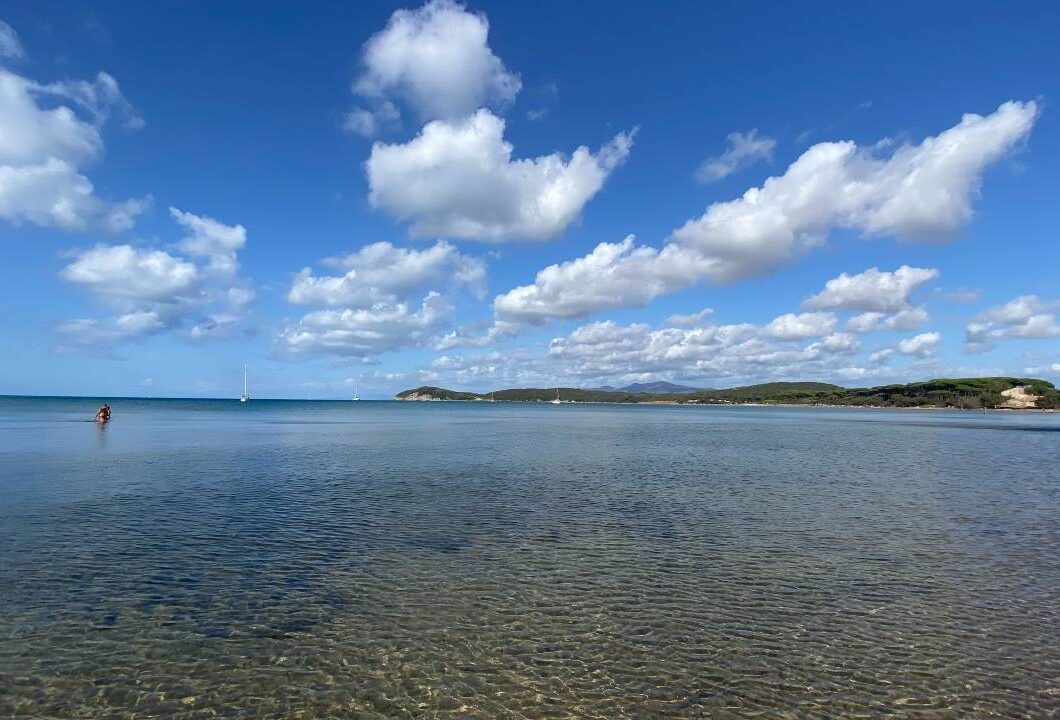Lucca: Tuscany’s renaissance gem is about 45 miles to the west of Florence
The old town is surrounded by protective walls, built during the Renaissance, which have been transformed into a promenade in which one can walk, or ride a bike around, in what is known locally as a circular park. Rows of trees adorn the paths like Roman columns, parallel to the walls and adding to the rich Renaissance history Lucca has to offer.
Lucca’s center is home to bustling trattorias, restaurants, and cafes, all filled with locals and travelers, regaling in Tuscany’s culinary delights. Lucca’s renowned olive oil sits proudly upon restaurant tables, waiting for the fortunate patrons to use it with the aromatic loaves of bread while they wait for their meals.
The walls of a little known renaissance gem
The piazzas swallow the masses of people out for a walk, or those exploring Lucca’s duomo, the Cattedrale di San Martino, and churches that beckon the most astute artists and historians. There is so much of the Renaissance here, living and breathing like a painting brought to life with music that could have been composed by Lucca’s famous sons, Puccini or Boccherini.
Lucca’s charm rests in its relaxed atmosphere, in stark contrast to its bigger cities. Via Fillungo is a marvelous street that bisects the old town, and where you can still find small shops with wonderful window displays. It will inevitably lead you to some of Lucca’s wonderful piazzas, like Piazza dell’Anfiteatro, which was once a Roman arena and has evolved into hosting a busy flower market.
Piazza San Michele is another must-see destination in Lucca, home to an outdoor food market in what used to be the Roman forum, and eclipsed by a church, Chiesa di San Michele in Foro.
Well off the beaten tourist path, Lucca is a marvelous piece of history that should be experienced with the same enthusiasm as Florence or Pisa, and the same curiosity exhibited by the most seasoned of travelers.
Travel like a local!
- The walk on the walls: the walls of Lucca are the emblem of the city, the perimeter of which was erected in 180 BC. by Romans. In Europe, they are the greatest example of modern fortification, entirely preserved thanks to the various restorations carried out over the centuries. To inaugurate the walls as a pedestrian promenade and no longer as a defense weapon, it was Queen Maria Luisa of Bourbon-Spain, in about 1815, still making them a popular destination for locals and non-locals, for scenic walks, outdoor sports, picnics, and exhibitions, thanks also to the large grassy spaces annexed to the original building over the centuries. The famous saying “making a tour of the walls” provides a path of 4 km and 223 meters in length, which, depending on the season, offers different spectacles of the surrounding nature.
- La Focaccia del Forno Giusti: in the heart of the historic center, in via Santa Lucia, we find the renowned “steam oven” Giusti, inaugurated in 1823 and now boasts almost 200 years of activity. The specialty is undoubtedly the classic focaccia, and it is very easy to find a considerable line of people outside the place, waiting to secure a piece. Don’t be frightened by the waiting line, the staff inside is well organized and fast, having been used to serving hundreds of people every day for almost centuries.<br>
- Aperitivo in the historic center: in recent years the fashion for the aperitivo has been growing throughout Italy, the city of Lucca, not least, offers various solutions also in the historic center, in the squares or in the most hidden alleys, where we can see inside and outside the various clubs, groups of people intent on drinking drinks and eating with background music and company to leave the stress of the day behind. The starring role of the aperitivo certainly belongs to the Cocktail or glass of Wine, but food cannot be missing. Each city accompanies the various drinks with different “snacks” typical of the place, in Lucca we often find mini bruschetta, sandwiches, and scones. Aperitivo remains an unmissable activity, at sunset, framed by the beauty of the place.<br>
Trekking along the Nottolini aqueduct: the neoclassical style and the geographical position give a totally fascinating and evocative air to the aqueduct designed by the homonymous architect Lorenzo Nottolini, commissioned by Maria Luisa of Bourbon-Spain (already known for having converted the walls of Lucca in a place of recreation) in 1822. Today it is no longer preserved with the function of water, but as a monument, bordered by the Lucca countryside and surrounded by hills and cultivated fields, it takes on a particular aura according to the seasons. The route starts from the “temple” which in the past served as a cistern, in the San Concordio district and extends with its typical Doric arches for 3.2 km, flanked by a beaten path allowing walks immersed in nature. The structure ends with another small temple-cistern, on top of a hill, in the locality of Guamo, offering a very suggestive view from above, over the city. If you want, you can continue towards the hill to go trekking through woods and streams, in full contact with nature.
About Italian life: travel a local tips, where do you want to go in the world quiz, and listen to our podcast with Riccardo and Andrew

